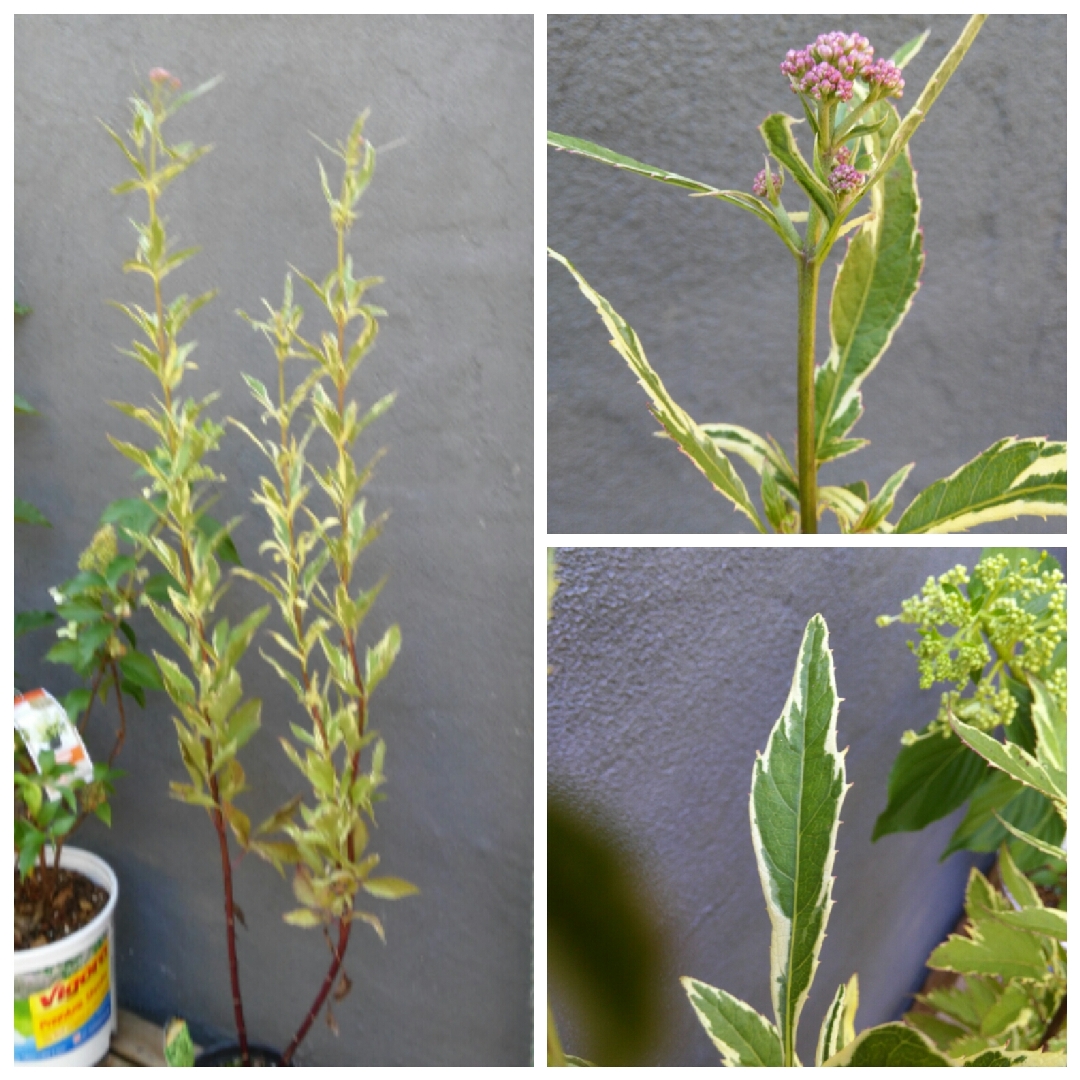
Eupatorium fortunei 'Capri'
Joe Pye Weed 'Capri'
Eupatorium are grown as ornamental plants, mostly across Asia. They are perennial plants with long-lasting, broad, purple to white flowerheads. These can emerge from late spring, although they mainly bloom in late summer. The blooms are held on tall stems and act as a beacon to butterflies and bees. Arguably the most impressive is the American species E. maculatum Atropurpureum Group AGM, commonly known as Joe-Pye weed. Established plants can frequently grow taller than 2m. 'Capri' is a dwarf variegated variety with frilled, feather-like foliage that is emerald green, lined and edged with soft cream. Tall upright stems are topped with small lavender pink flowers in summer.
-
Full sun to partial shade
-
Occasional watering
-
Full Frost Hardy: 5F (-15°C)
-
Moist and free draining
Common name
Joe Pye Weed 'Capri'
Latin name
Eupatorium fortunei 'Capri'
type
Perennial
family
Asteraceae
ph
5.0 - 7.0 Acid - Neutral
Plant & bloom calendar
-
Best time to plant
full grown dimensions
 1.00 M
1.30 M
1.00 M
1.30 M
Eupatorium fortunei 'Capri'
Eupatorium are grown as ornamental plants, mostly across Asia. They are perennial plants with long-lasting, broad, purple to white flowerheads. These can emerge from late spring, although they mainly bloom in late summer. The blooms are held on tall stems and act as a beacon to butterflies and bees. Arguably the most impressive is the American species E. maculatum Atropurpureum Group AGM, commonly known as Joe-Pye weed. Established plants can frequently grow taller than 2m. 'Capri' is a dwarf variegated variety with frilled, feather-like foliage that is emerald green, lined and edged with soft cream. Tall upright stems are topped with small lavender pink flowers in summer.
Planting young plants
From Early Spring TO Early Spring
Eupatorium are easy to grow and young plants can be set in spring in a fertile, moist soil in a sunny position, although several species tolerate partial shade. They are generally pest- and disease-free. They do sometimes look unsightly when the flowers are past their best, so they are often recommended for a wild garden or the back of a border where they are not so visible once they start to fade.







